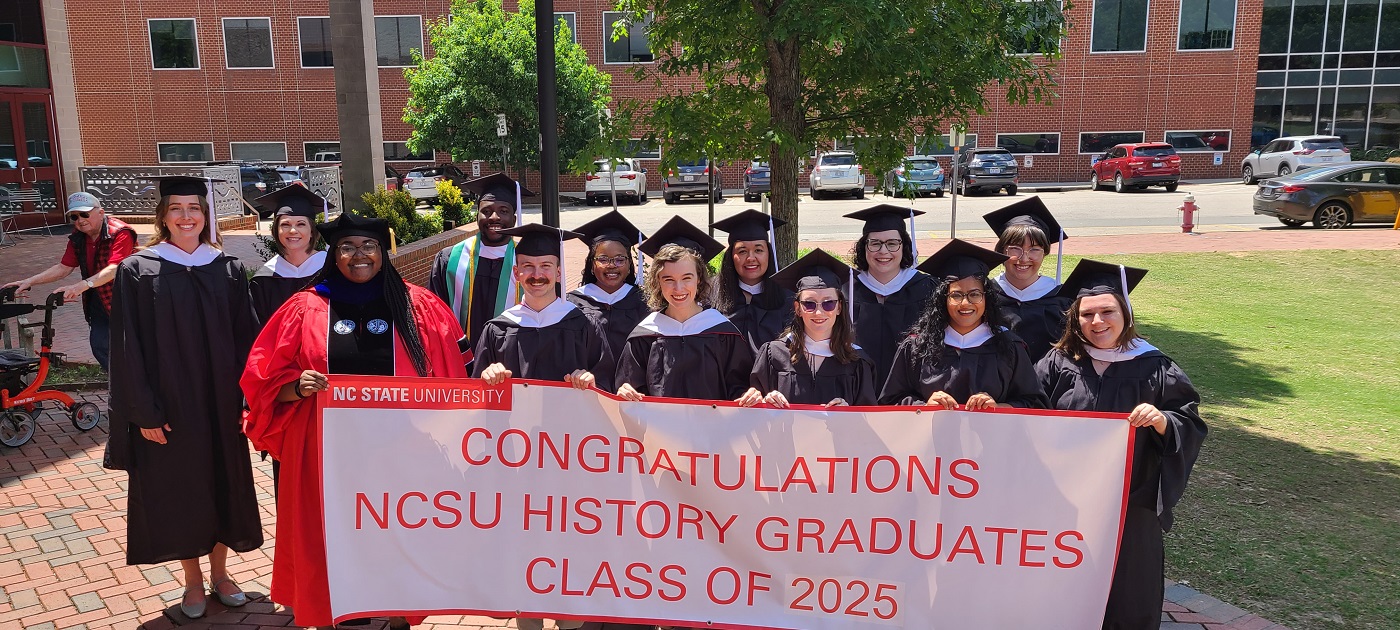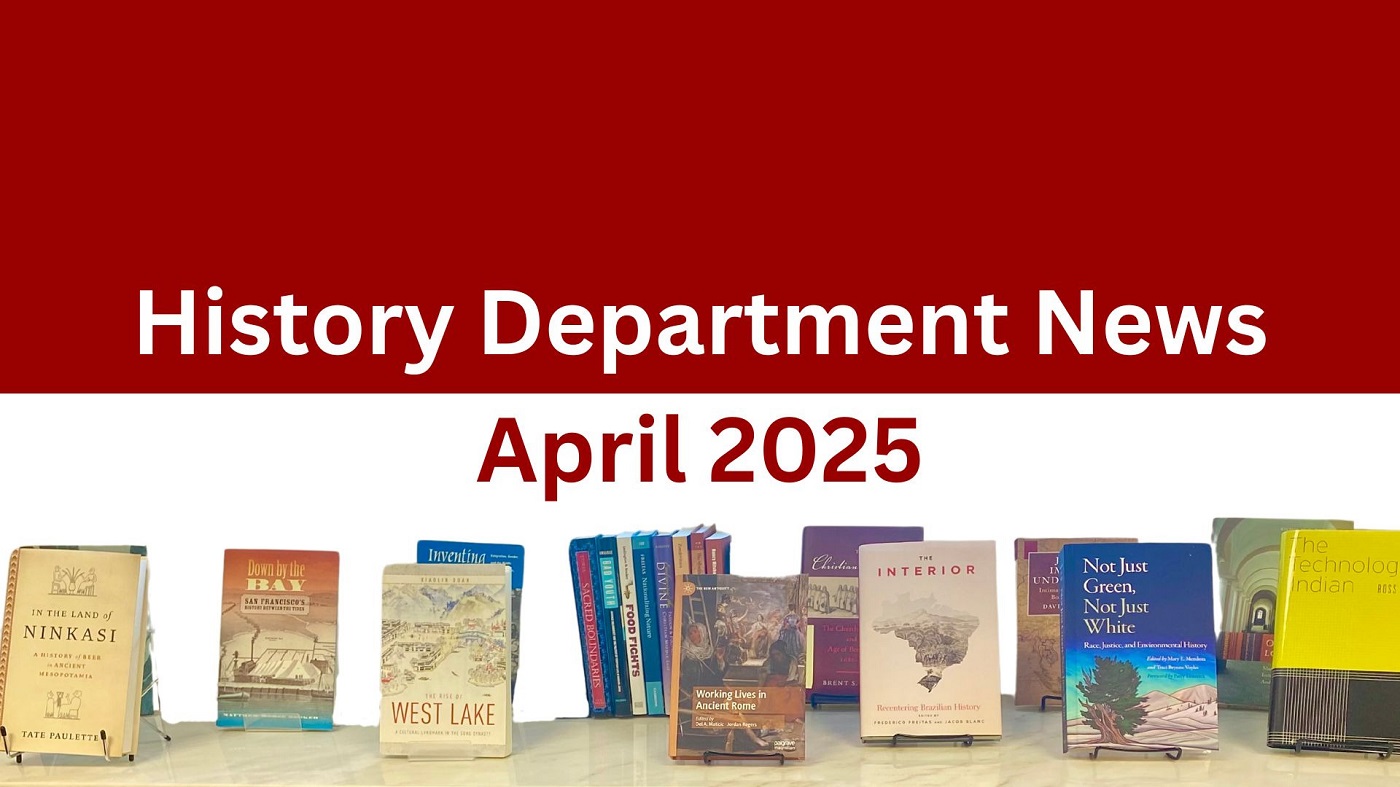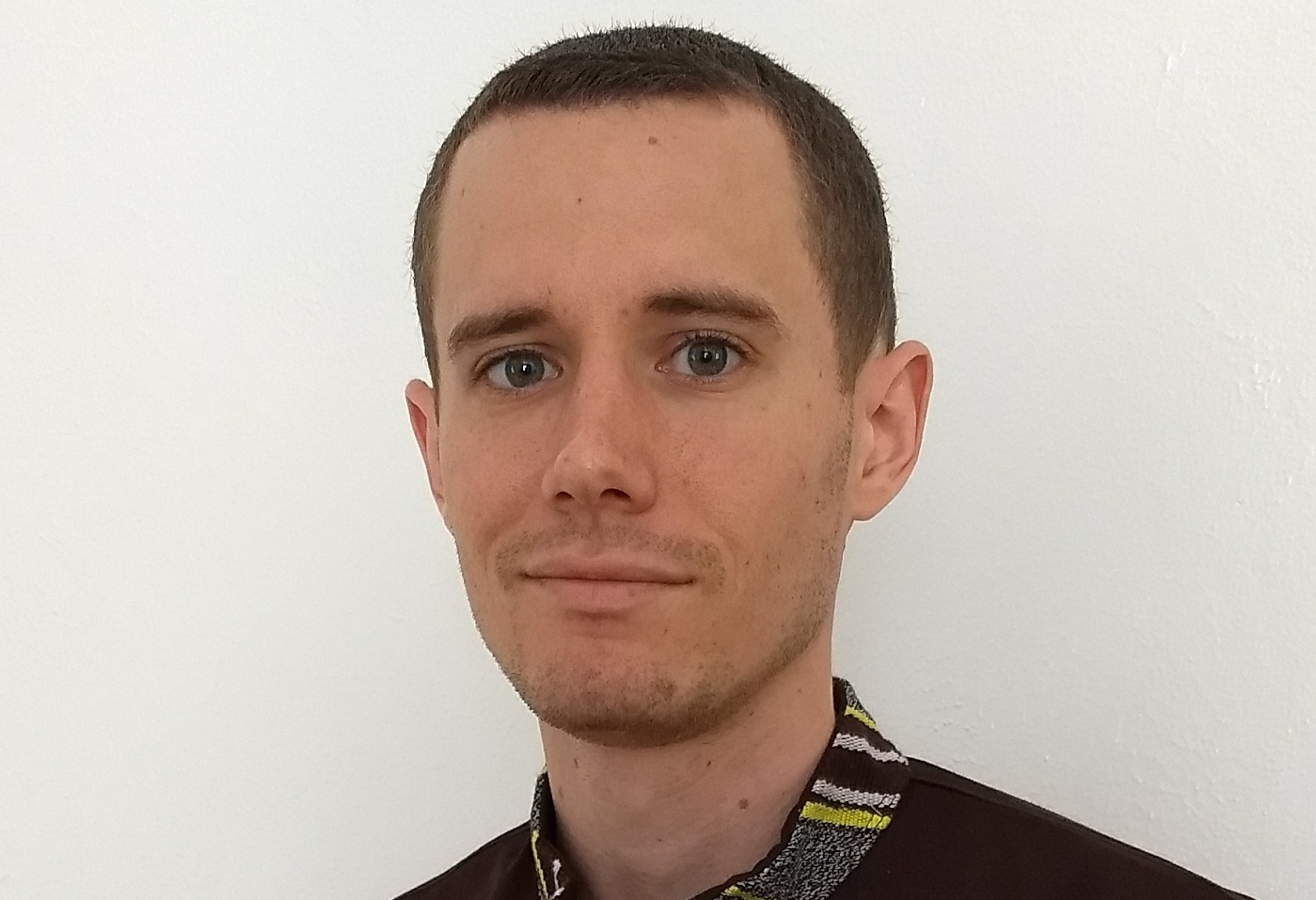In the Spotlight: Public History MA student, Katie Boatner

After graduating from NC State’s undergraduate program with a BA in History, Katie Boatner started the Public History MA program this Fall. She recently returned from her second Summer study abroad while at NC State. She will also be a panelist at NCPH and a presenter at the Ashes to Ashes Symposium at NC State this semester.
After a wonderful study abroad experience in Prague last year which aligned perfectly with her research interests, Katie Boatner decided to do a second study abroad in Japan. Says Boatner, “It’s been a dream of mine (to go to Japan) since I can really remember and the topic was of interest to me. On top of that, I was able to take one of my required courses, HI 792, as well as HI 563, which enabled me to get six Master’s credits through the summer, which is spectacular.”
What was the topic of the study abroad in Japan?
The program was called, “Japan: History of Japanese Influences on US Culture,” and it was led by Dr. Tammy Gordon. For my HI 792: Japanese Influences on US Culture course, which examines the concept of collective memory in the context of Japanese/US transnational history with an emphasis on modern history, I wrote historiography papers in different time periods and for HI 563: Topics in History and Memory: Japan and the US, I wrote sites of memory papers, which allowed us to engage with a pretty broad set of places like foodways, monuments, shrines, temples. Foodways are actually a big part of my academic pursuits with public history.
What were the different places in Japan that you visited?
We started in Tokyo, and we went to important places of memory during the day, like Yasukuni Shrine, which is pretty controversial, as it is considered to enshrine the spirits of war dead, including war criminals. While there, we were able to go into a chamber and witness a priest giving a very private ceremony to acknowledge the souls that are enshrined there. So we saw so many things that we would never normally see. We also went to the old Edo Palace ruins, which is a beautiful space.
We then went to Kyoto, which is the traditional capital. We ground our own matcha tea and made that kind of a more modern take on a very traditional foodway practice. After Kyoto, we went to Osaka. There’s a lot of built in free time to go to museums, houses and shrines. During my free time I went to the Osaka Castle and Osaka History Museum.
From there, we went to Hiroshima which was very touching, as well as an educational moment for public history, because the Hiroshima Peace Memorial Museum is attached to the Peace Memorial Park. The dialogue has shifted several times throughout its existence. It was first conceived during the occupation. And so, for instance, the language initially was “a bomb was dropped,” with no indication of who did it and why. They also now include imagery of non Japanese victims of the bomb like migrant workers who were forcibly brought from their homeland to work in Japan. So that conversation is constantly unfolding in that space. Afterwards we had a really traditional meal there and then we went to Miyajima Island, which has deer and was a good respite after visiting Hiroshima. The program was built with such detail and functionality and concern for students’ needs. You go to this terrible place of sadness and then you go to an island and pet deer and you get to eat a hearty meal in between.

Our next journey was to Wakayama Prefecture where in a tiny town called Shingu, we stayed in a ryokan – a traditional Japanese style hotel that offers a cultural experience and a taste of the Japanese lifestyle. We also did a spiritual hike called a Kumano Kodo which ended at a giant waterfall.
After that, we returned to Tokyo. We really got to experience so many different aspects of Japan and it was left up to us how to spend some of that time. I am eternally grateful for all of the hard work and effort that Dr. Tammy Gordon and Dr Nobu Iokara, our liaison who works with the university in the Japan Center, spent in putting this program together.
What is your area of research? How does that relate to what you want to do?
My area of research is basically migration and cultural exchange within the Soviet bloc. Because public history is an interdisciplinary field, cultural exchange doesn’t have to be geotemporally stuck somewhere. This experience helped me to learn about cultural exchange between my own nation and the nation of Japan, but also between the different regions in Japan over time. It was also, of course, a personal growth experience.
You have a conference coming up right?
I will be presenting on a panel at the Condition Report: The State of Public History in the South National Council on Public History Mini-Con in Lafayette, LA in October. On the panel, “Environment, Agriculture, and Cultural Landscapes at Southern Sites of Public Humanities,” I will be discussing landscapes of places in public history in the deep south and I’m presenting on work that I’ve been involved with to locate and identify, using ground penetrating radar, sites of burial in Southern cemeteries. My hope is to continue that work at various cemeteries here and in surrounding areas and participate in collaborative research in that field.


